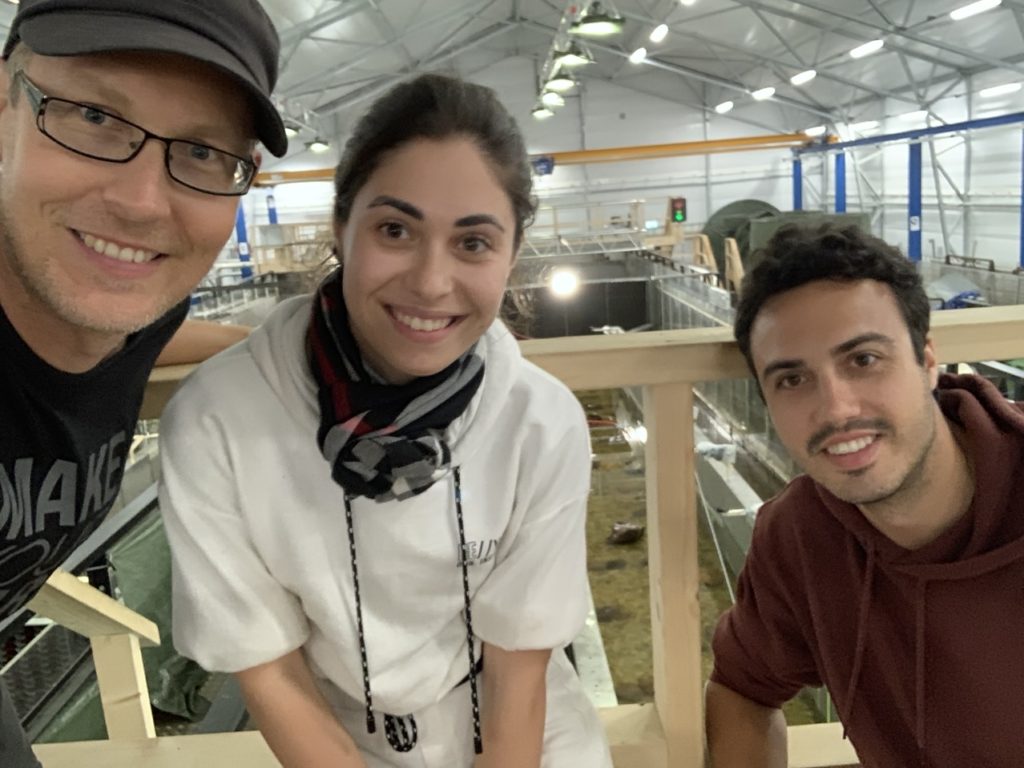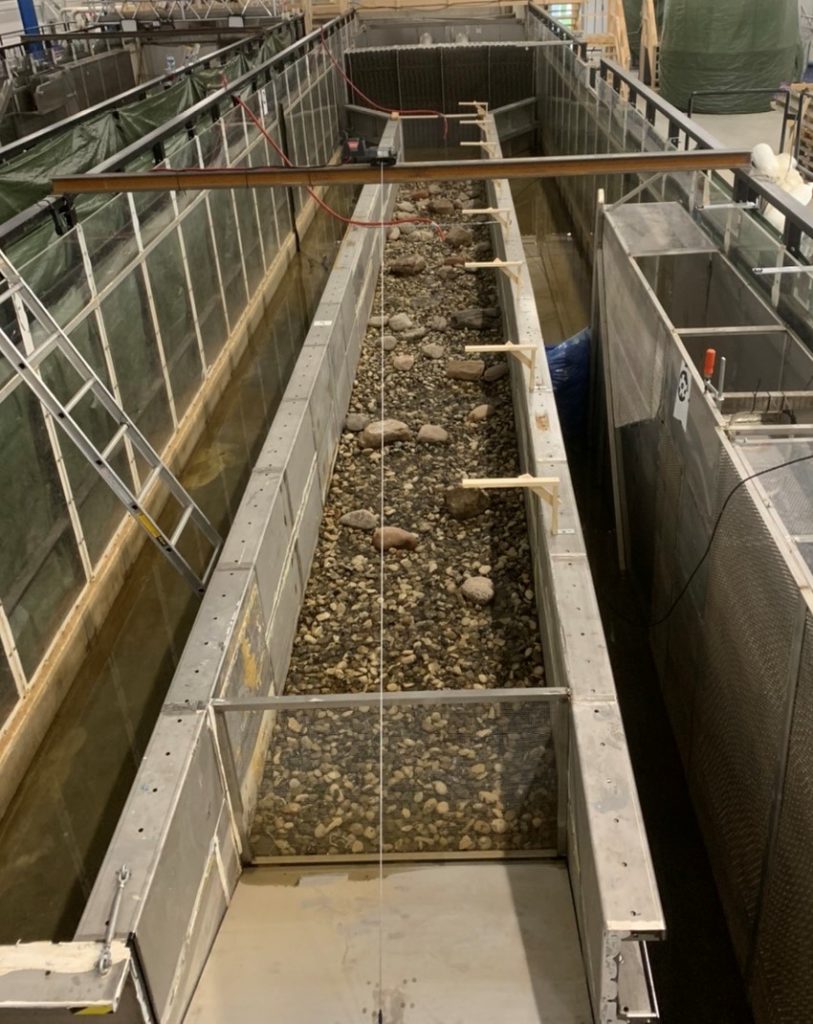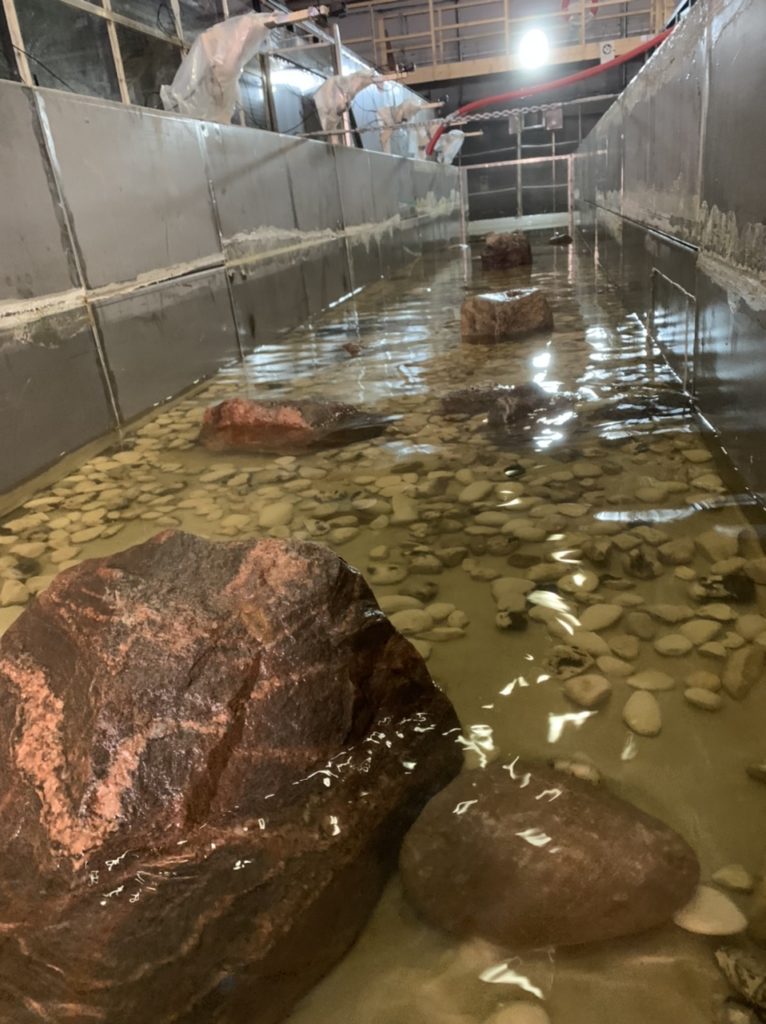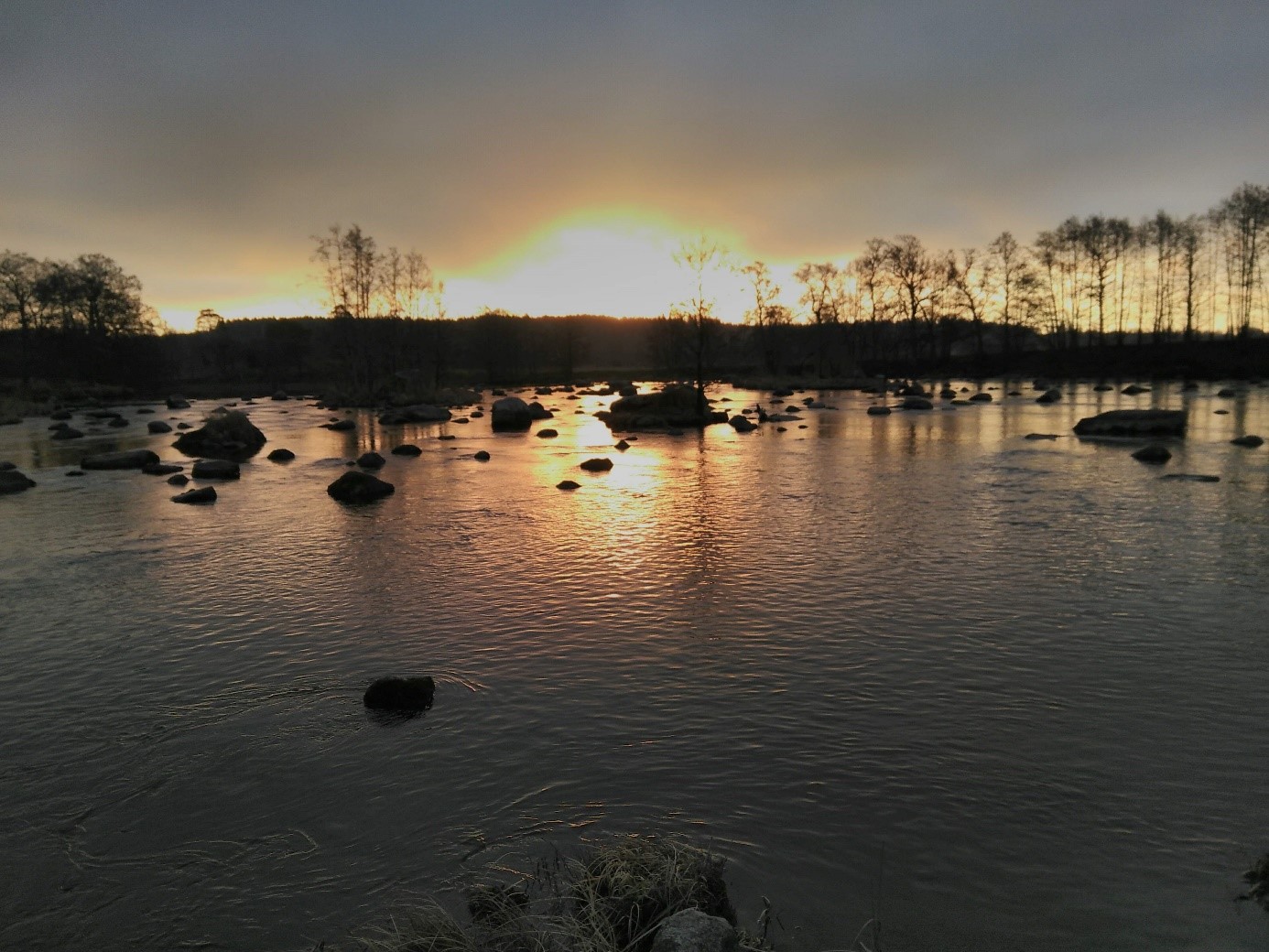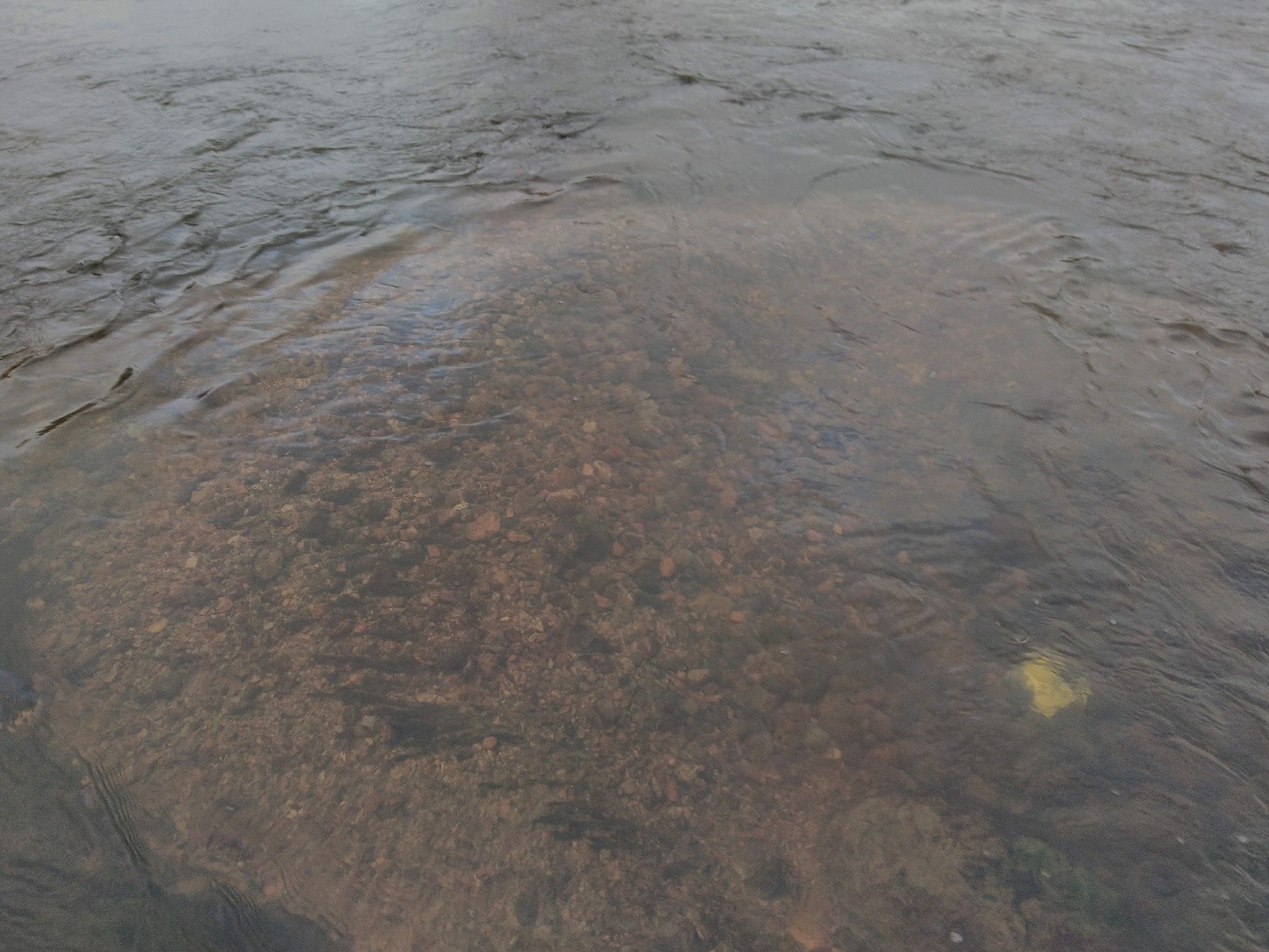18
AUG 2020Paper: Social behaviour of European grayling before and after flow peaks in restored and unrestored habitats
Posted by Karl Filipsson | Papers, Project E-flowsJohan Watz, David Aldvén, Antonis Apostolos Brouziotis, Niclas Carlsson, Eirini Karathanou, Kristine Lund‐Bjørnås, Gustav Lundqvist, Martin Österling, John J. Piccolo and Olle Calles recently published the paper “Social behaviour of European grayling before and after flow peaks in restored and unrestored habitats” in the journal River Research and Applications.
In the abstract of the paper the authors write:
“Cost‐effective implementation of fish‐friendly hydropower flow operation and habitat restoration measures require an understanding of their effects on fitness‐related behaviours of stream fish. Here, we investigated how changes in flow and bottom structure influence the social behaviour of European grayling, using large experimental flumes (700 L s−1), with and without added boulders (i.e., restored and unrestored habitat). Grayling increased their distance to nearest neighbour at the start of flow ramping up and after a flow peak compared to stable base flow. At the start of ramping up the flow, grayling made less position changes (movements >1 m) than at stable base flow and after a flow peak. In the unrestored habitat, the proportion of time grayling spent actively swimming was lower before a flow peak than it was both at the start of ramping up the flow and after the peak, an effect not found in the restored habitat. In addition, we compared two static flows, and habitat restoration mediated their effect on distance to nearest neighbour. Grayling in the restored habitat were positioned closer to each other in the low (~10 cm s−1) than in the intermediate static flow (~40 cm s−1), whereas in the unrestored habitat, grayling showed the opposite pattern. Moreover, grayling reduced their number of position changes in the intermediate static flow, which was reflected by a reduction in active swimming. Stomach analysis after the trials revealed that foraging success was higher in variable than in the stable flow treatment. These results show that flow magnitude, flow changes and instream structure play important roles in the behaviour of stream fishes.”
The paper is available open access on the journal website.
